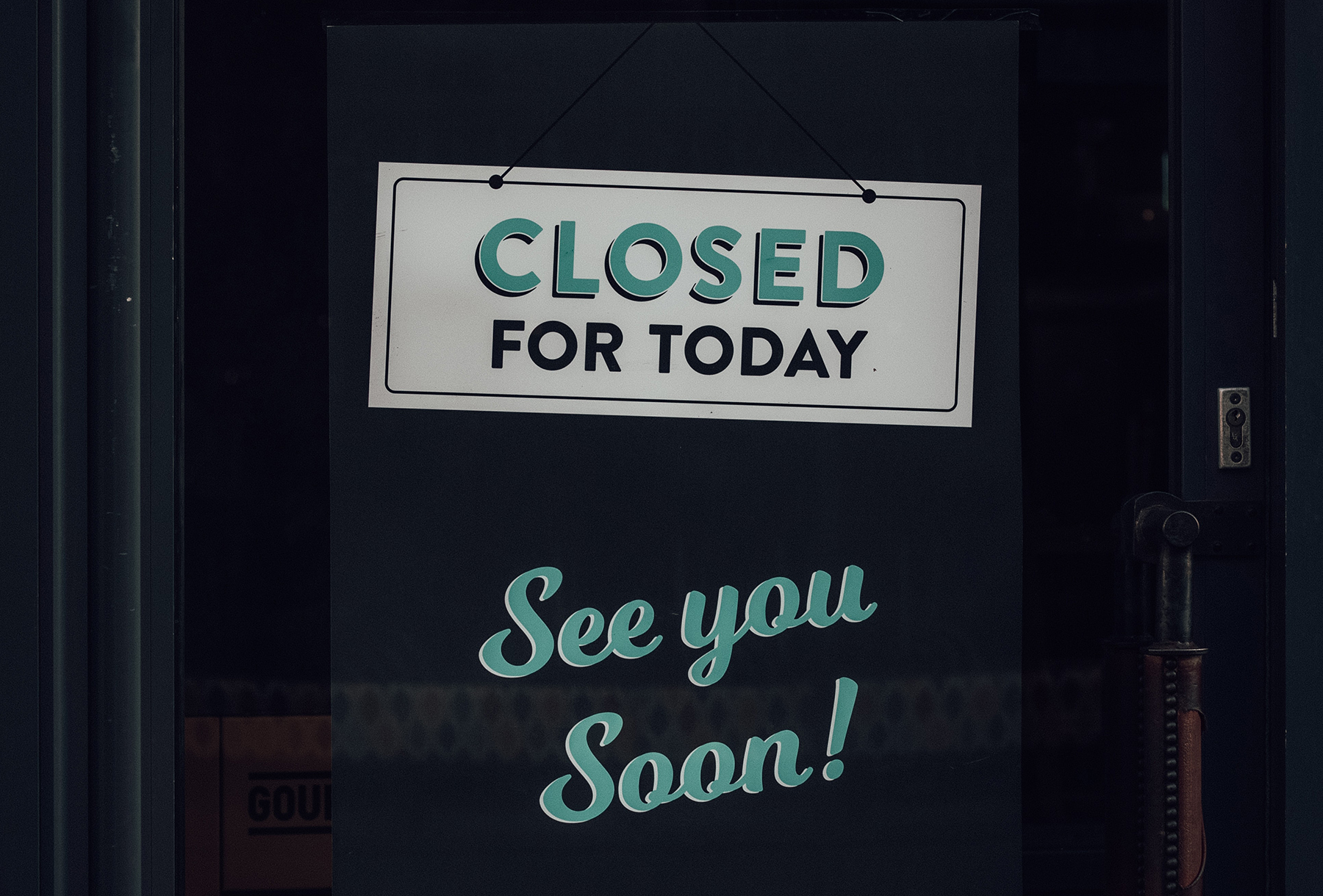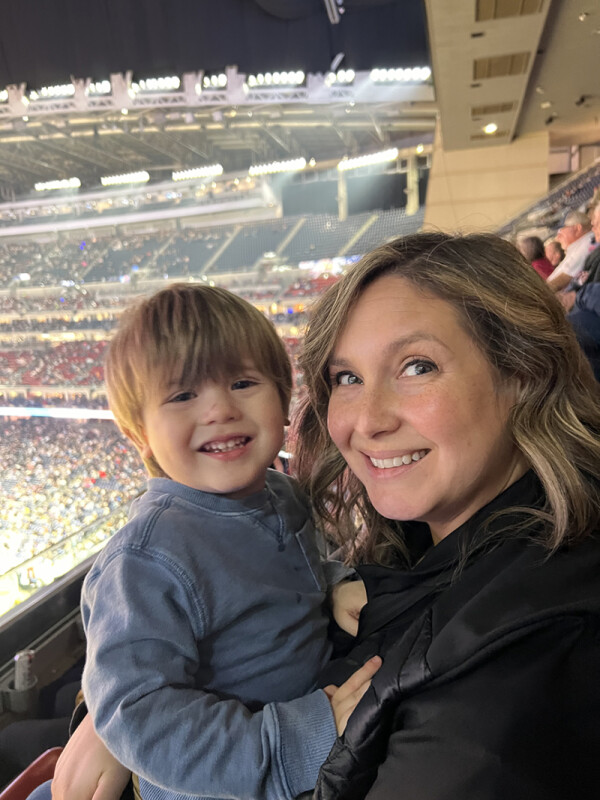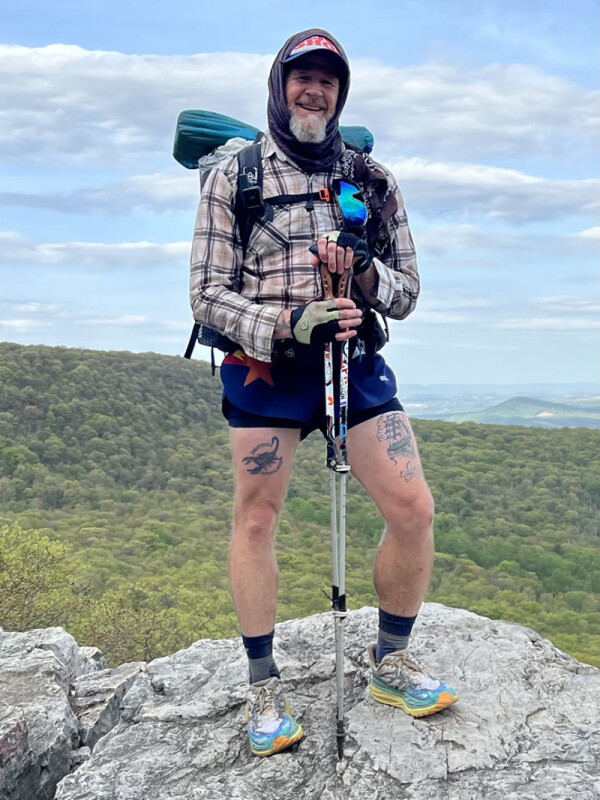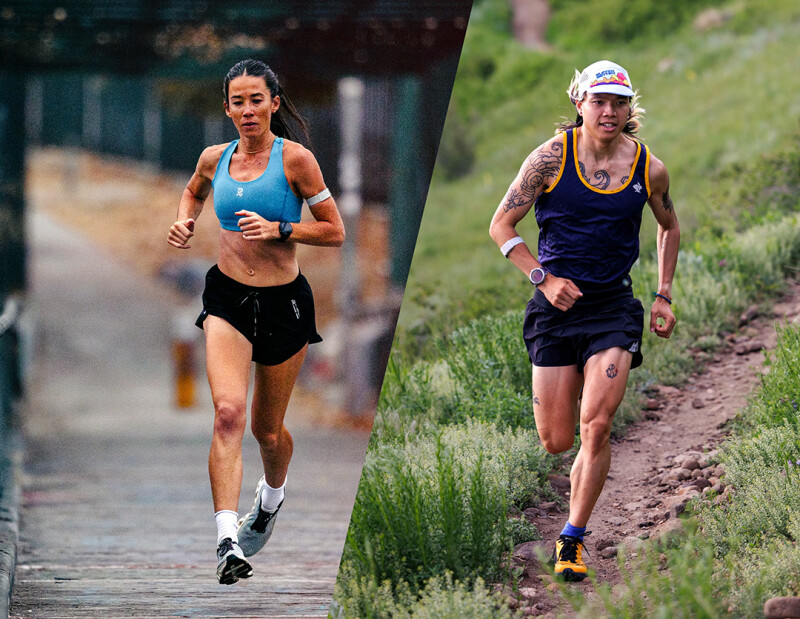Can there be some actual optimism in run retail in the midst of a pandemic? Apparently there is, based on the comments from the more than 60 run specialty retailers around the country that participated in the weekly Run Specialty Virtual Town Hall organized by Running Insight.
While in previous calls various industry experts offered their insights into the business, this week’s call was opened up to retailers to be honest about some of the concerns they have and to highlight some of the bright spots in a challenging time to be in business.
In turns out, there are some bright sports — although maybe not as bright as most businesses would like in this environment. But there is quite a bit of creativity among run specialty – no surprise there – as owners contemplate what the industry and their stores will look like in three weeks, four weeks, a month from now, when they hopefully begin to re-open.
“It is a redefining moment in run specialty retail,” offered Running Insight’s Mark Sullivan, who moderated the Virtual Town Hall. “It’s not like a switch is going to go on and things are going to go back to the way they were.”
The “activity of running,” as Sullivan called it, is going to be in pretty good shape when things return to a new normal, with people who were gym rats or yoga enthusiasts now lacing up their running shoes.
“When we come out of this there will be more runners than when we went into it,” he said. But the question is, Will these runners behave like traditional runners? Will they go to races? Will they shop specialty? Where will they buy?
“There are new consumers being created, but one of the challenges and opportunities is whether you can attract them to your store,” he added.
“They will support local, but you are going to have to market to them like crazy,” offered John Rogers, of Fleet Feet Maine Running, who feels it was only a matter of time before the industry started operating less as retailers and more as essential businesses to the health and well-being of Americans
And Rogers offered this groundbreaking idea: “Designate us as a health and well-being store. If this should ever happen again, we should be deemed essential and be redefined as something other than sporting goods.”
Sullivan agreed, and then challenged the store owners to think about what the retail experience is going to look like when they re-open. The opinions flowed fast and freely.
Rogers: “We are going to have to redesign our stores to allow more space — fitting will be different. We are still selling shoes, only 60-70 percent of what we used to. But I don’t think we’ll be carrying much apparel in the future. We are not selling much now and there is going to be so much inventory out there that it is going to become a commodity. When we do re-open, this will be good for us. Running and walking are two things people can do.”
Kris Hartner, Naperville Running: “It is entirely possible that we can go back to semi-normal, but I’m not seeing that. Customers may have issues with paranoia about trying on shoes that someone else has tried on — we’ve always had a bit of an issue with that. My general thought is we will be making appointments, maybe operate like a nice restaurant by taking reservations with a host greeting people, spacing appointments out, having a little area where people can wait like a bar at a restaurant, or pick up shoes like a take-out restaurant. The concept of doing that in June, July or probably August is possible. We have always tried to figure out a way to spread our busy weekends over into weekdays, so this may be the way to do this. That’s the model in my head.”
Eddie Johnson, A Snail’s Pace in California: “The politics of re-opening concerns me. My concern is about how our consumer will look at re-opening. Some people are very against stores being open now.”
Melissa Vitale, True Grit Running in Arkansas: “Our stores are open with limited hours – 10 a.m. to 5 p.m. – and we are doing curbside pickups and have done more shipping than we have before. Traffic this week has been busy. We are still seeing customers that podiatrists send to us and people are buying shoes.”
Guy Perry, Salt Lake Running in Utah: “We are open, although we have some restrictions from the city and county. We find ourselves in a good position. Our feedback from customers is, ‘thank you for being there for us.’ You can feel empowered to find ways to serve people. There are those who will be grateful.”
John O’Neil, Colorado Running Co.: “We’ll never be able to have someone come in and say I’m just looking. I think the shoe wall is a thing of the past, at least for the foreseeable future. When we do open we will go away from a traditional sales associate to more of a fit coach. We are trying to figure out how to keep social distancing with the scanner, perhaps by reservation only, and we will show three shoes, not four. We will mark out our fit areas with tape and this is the area customers will stay in and we may have to limit how many people can come in the store. We are going to try to schedule a May 1 opening, maybe, as an optimal date, but the governor will probably push it back.”
Chris Crowell, Gazelle Sports in Michigan: “We did get an SBA loan, which sets us up for rehiring after we had laid everybody off. This gives us an eight-week window of setting us up to do work differently. People with different skill sets are stepping up to do different things. We are activating everybody’s personal network to help us reach new customers. It is an opportunity for us to think about what our staff does differently, because we can’t have them in the store 40 hours a week — we are closed. I’m hiring all these people, but my stores are closed. It’s a little upside down.”
Kathy Dalby, Pacers Running: “We’re trying to redefine what the problem is. We are talking about COVID, but we’re taking multiple steps back to really think about what is it that the consumer really needs and how we’re going to respond to that. We are doing a lot of soul searching and that makes this a great time for the industry to pivot. Maybe this is where we create a new industry where retail becomes a bigger piece of people’s lives. We are trying not to focus too much on tactical — our why is not just to sell shoes, our why is to get people active.”
Ray Pugsley, Potomac River Running: “One of the stresses that I’ve identified is the need to have a plan, to have some control, because information and the situation changes every day and that makes it very hard to plan four, six, eight weeks out. We’ve got stores that are 100 percent dependent on mass transit and others without public transportation, so for us it is going to be interesting. We may have to have different plans for different doors. Try to relax, don’t get overwhelmed by the bad news and take it day to day. We all got here by being entrepreneurs and being creative.”
Josh Levinson, Charm City Run: “The shock to the system will change the way we do business forever. The community has been amazing, but it is such a small number compared to what we do in a normal April. There are a lot of people running, which is great, and household penetration is greater with more people in each house running, so the purchasing power is greater. Virtual fitting has been good for us and we are starting to do a personal shopping experience. Most of our apparel is on sale to try to generate some cash. Next’s season’s apparel is right around the corner.”






